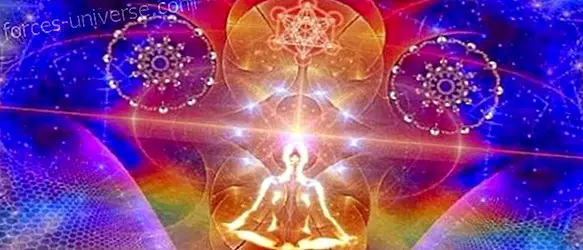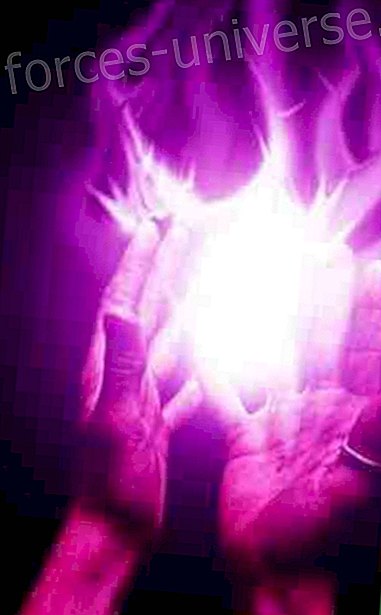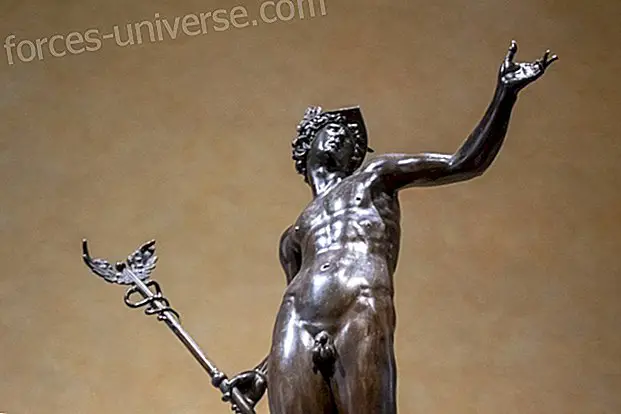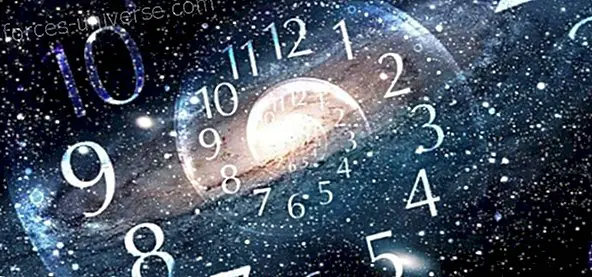Prana
I would like to start this article with a phrase from Master Yogi Bhajan: “We have to awaken our internal computer to an awareness of the Infinite if we want to live healthy, happy and holy. That cannot happen until the Kundalini, the spiritual nerve, breaks the blockage at the base of the spine, in the muladar chakra, and then ascends. You have to generate the pressure of the corduroy and mix it with the apana, and generate heat. With this heat of the frog, you put a burden on the Kundalini. ”
What is prana?
It is the first unit of energy, it is the movement of vital energies and the code that connects the realms of the body and the mind. It is a subtle vital force, an energy smaller than the atom, that is, subatomic.
It should be clarified that other philosophies such as Orientals call it Ki or Qì, Europeans like Pneuma and others simply as the universal primary force that pulses and is the creator of the entire Universe, which is found in each of us.
There is Prana with capital P and prana with lowercase P, we are going to differentiate them.
We start with Prana (P capital letters)
This Prana is divided into five vayus : prana, apana, udana, samana and vyana.
These five (5) vayus make up the Prana, and each vayu is a frequency or type of movement that is found within a specific part of the body . Each of these vayus is in charge of certain organs and has their residence in them. Then when a lot of one of these Pranas accumulates in an area that is not typical of their residence and their place of operation, an imbalance is created, and the disease appears, which can be expressed in the mind or emotions.
Curiously, each vayus coincides or is close to one of the 7 main chakras of the body.
This branch of yoga, uses in its classes breathing exercises as well as postures, kriyas etc. to recreate and relocate the subdivisions of Prana, restoring the natural energy flow . Also considered important for this purpose, pay attention to the way one acts and eats.
When a certain moment of practice and knowledge of the inner world has arrived, one begins to understand and regulate these vayus, and even mix them, which makes you manage your moods. In addition to this, you can expand your cognitive abilities.

This is how our body can recover the sense of stillness, of calm, can again feel a sense of connection with the whole, since its body and soul are in line with everything that is.
Since time immemorial, the teacher only by seeing the way his student breathed could know the state of inner health of his student . That is why, from this philosophy so much emphasis is placed on the importance of consciously breathing and creating the habit.
prana (with p min scula)
It is the vayus that is related to the lungs and to inspiration . It is housed between the base of the heart and neck. Here its movement is expressed in the accumulation and subsequent expansion of the lungs and internal energy. Yogi Bhajan said that when you are full of prana, you are ready for life since you are charged with energy, your breathing has opened and your mind becomes optimistic.
What is Apana?
As we saw earlier it is a vayus, component of Prana. This apana resides below the navel and is responsible for carrying out all the functions of elimination through the organs of the rectum, bladder, colon and genitals. This elimination is carried out even by means of the feet, the apana flows towards them and leaves through them.
Nowadays it is essential to have a good apana and its good functioning to be able to eliminate the toxins that we are constantly incorporating.
Apana has to do with the earthly and with the ability to know your own possibilities about the need to retain and the need to release.
When a person is loaded with apana, he will tend to be slow and lazy, he will have the feeling of heaviness and confusion. So a person with a strong apana, will develop a great sense of security.
Here I share the exercises to balance prana and apana.
Taught by Yogi Bhajan in the spring of 1970.
1. Sit gracefully in a posture of the Caribbean, that is, your buttocks will be between your calves and ankles, for 2 minutes. The hands would be relaxed on the thighs, and you would breathe normally.
2. Then lift your buttocks, up from the knees. Stretch your arms to the sides, which are parallel to the ground, palms up. Inhale in six times, as you get up from the kneeling position . Maintain the position and breathe in 12 times.
Slowly exhale in six times, and lower the buttocks to the floor . Repeat 7 times and the eighth time, slap over the head.
3. Bicycle movement. Lie on your back with your hands at your sides and lift your legs about 15 centimeters off the ground, performing a pedaling motion, and keeping them parallel to the ground, for 2 1/2 minutes.

4. Inhale immediately and lift your legs at a ninety degree angle, hold the position for 30 seconds, exhale slowly and lower your legs.

5. Still on your back, lift your legs about fifteen centimeters from the ground and hold the pose by breathing fire for a minute. Inhale, hold and then relax.
6. Now turn, and rest your stomach on the floor, close your hands on Venus Lock on your back, inhale powerfully and arch your spine up from the waist, with your eyes closed. Keep your eyes closed throughout this exercise. Hold the position for thirty seconds. Then, exhaling powerfully, lower your torso and open your eyes. Repeat this cycle 10 times. This exercise allows the heart to expand to dominate your attitudes.
7. On your back, raise your arms straight to ninety degrees, with your palms facing each other, and hold the position with Fire breathing, for a minute. Then he inhales and with great tension closes his hands into fists, clenches his teeth and slowly lowers the energy and fists towards his chest. Exhale and repeat once more. Just relax. Move your attention to the point of the navel.

Comments:
Exercises one, two and three stimulate sexual, eliminating and umbilical energies so that prana and apana are properly mixed at the navel point. It is the nabhi point that acts as a boiler to mix prana and apana. Exercise three should always follow exercise two to have its effect. Exercises four, five and six emphasize the upper chakras and improve the functions of the lungs, heart and eyes. Keep your eyes open by holding your breath in exercise five, or you could get dizzy. This combination releases repressed anger and tension and establishes a positive attitude about life.
REDACTORA: Gisela S., editor of the great family of the White Brotherhood.
Sources: Manual The Master of the Aquarian Age, page 374.
Images taken from:
Kriya balance of prana and apana
https://twitter.com/hashtag/yoganalanda?lang=bg






